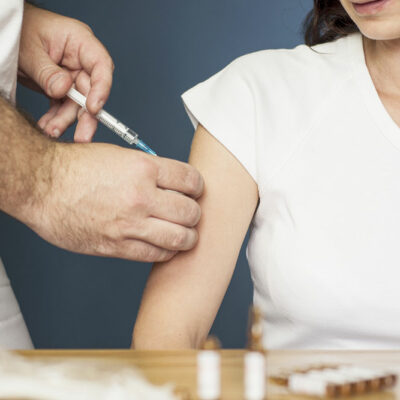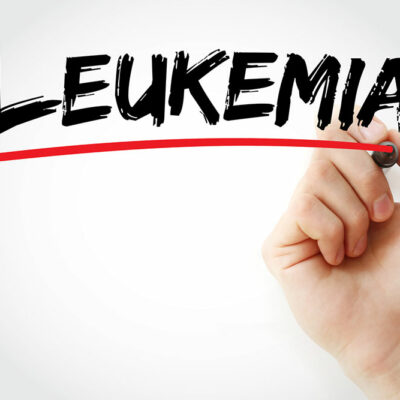
Muscular dystrophy – Types and treatment options
Muscular dystrophy is a disease where patients experience a physical weakness that progresses with time. It usually affects boys during their childhood and causes a gradual loss of muscle mass. The main cause behind this condition is abrupt gene mutations. These mutated genes restrict the protein production which is essential for the formation of healthy muscles.
Some of the leading types of muscular dystrophy are given below, followed by the treatment measures.
Types of muscular dystrophy
There are some prominent types of muscular dystrophy. Here, they are given in the order of the most common type to the ones that occur least often.
- Duchenne muscular dystrophy
Most often, young boys are affected by this type of muscular dystrophy. Family history plays a vital role in the case of the Duchenne muscular dystrophy. Faulty genes are responsible for the occurrence of sudden and abrupt changes in healthy muscle growth.
The symptoms for this type of disease occur in the childhood and include signs like frequent falls, walking on the toes, enlargement of the calf muscles, and muscular stiffness. Some patients may also face learning disabilities. - Becker muscular dystrophy
This type of disease has roughly the same symptoms as Duchenne muscular dystrophy, but it generally occurs when patients are in their teens. Patients can experience the symptoms during their 20s as well. Additionally, the advancement of the disease is gradual, unlike Duchenne muscular dystrophy. - Congenital type
In the case of congenital muscular dystrophy, infants (irrespective of their gender) are affected by the disease before the age of two. In some patients, the severity progresses rapidly, while in others the process is slower. Children may experience mild or acute disability with time. - Myotonic dystrophy type I
Steinert’s disease is another name for myotonic dystrophy type I. Patients face the inability to relax their muscles at will after a contraction. Adult men are at the highest risk of facing this disease. The primary parts affected by Steinert’s disease are the face and neck muscles. - FSHD type
Facioscapulohumeral type of muscular dystrophy is commonly seen in teenage boys. It might also affect patients from childhood up to the age of 40. The face and shoulder muscles primarily face weakness. The shoulder blades are prone to sticking out like wings when the person raises their arms to the shoulder level. - Limb-girdle type
In this type of the muscular dystrophy, the shoulder and hip muscles are primarily affected. The onset of this disease generally occurs during childhood. Some people also develop it in their teenage years.
Treatments for muscular dystrophy
Several modes of treatment are available for this disease. Doctors generally give some medications for treating the patients. They may prescribe eteplirsen, corticosteroids, and heart medications to treat muscular dystrophy.
Therapeutic treatments include aerobic exercises like swimming and walking. Braces might also help to treat people who have muscular dystrophy.
So, these are some prominent types of muscular dystrophy. One must visit a doctor and get the right medication and care to recover faster.


